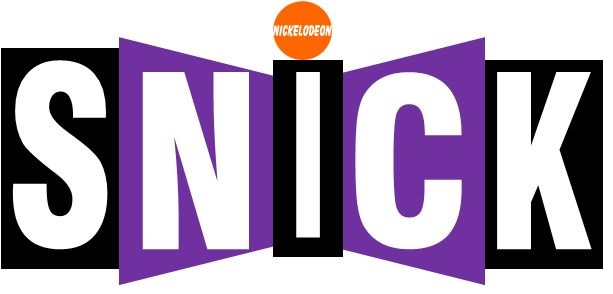
There is no doubt about it. Television consumption has changed dramatically from where it was twenty years ago. It is super hard to keep an audience’s attention these days with platforms such as Youtube on the rise, as kids and adults alike can simply find their entertainment from a short video, rather than dedicate actual time to invest into a sitcom or episodic adventure. That said, current streaming services are offering more accessible ways to enjoy your favorites from the past, which are indeed getting a boost from nostalgic parents who are passing these shows on through their own kids, in an attempt to keep a few televised legacies alive.
Sure, there are plenty of current shows that are popular and scratch the itch of watching a piece of entertainment unfold, but there is nothing wrong with remembering the past fondly. That is what this Pop Capsule is all about. Today, we are going to celebrate one specific television block that in my opinion will go down in history as representing the most memorable night in television history. Grab some popcorn, hop onto that orange couch, and let’s get ready to SNICK!
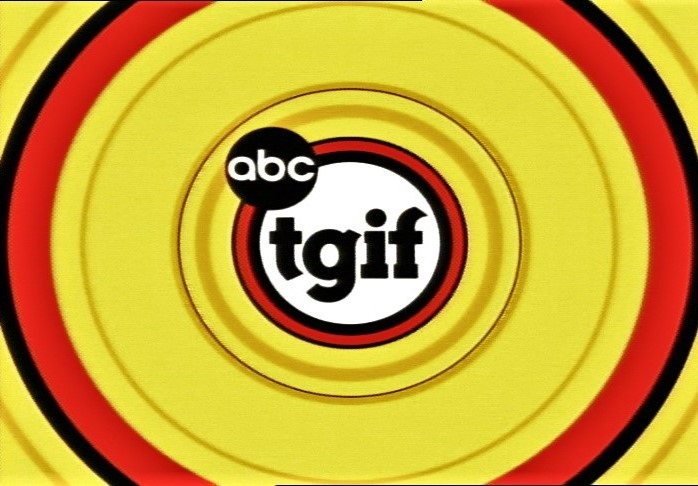
For those new to this, a television block is a group of programming that remains mostly the same week to week, but receives date specific theming, crossovers, and consistency so viewers can stay with the same network for a set period of time. Some fine examples include TGIF, which mainly featured the likes of Family Matters, Step by Step, Boy Meets World, Sabrina the Teenage Witch, and one other random rotating program that was mainly thrown in as a test for the network. Another strong block in history was Disney’s One Saturday Morning, which had a longer run-time, featuring Disney’s Doug, Pepper-Ann, Recess, and so much more that it would take a lot longer than a simple retrospective to detail it all.

Notice a theme? Since the 70’s and even earlier, networks would mainly target families and children, as these markets proved productive in bring in a recurring viewership from week to week. As long as the programming remained intact, viewers would return week after week to get their fix of their favorite television programming.
In the mid-90s, television was developing an edge as viewers were changing. The whole family market still existed, but network heads realized that children were now receiving their own independence with entertainment consumption, largely due to the lower price of a TV, and the ease of adding a cable or satellite connection in every room of a household. Since launching Nicktoons and other kid-centric programming, Nickelodeon was on the rise as the most popular television networks across TV. With a bit of brain-storming and a few select shows to pilot, the channel introduced SNICK to its Saturday night line-up.

Shows such as Clarissa Explains it All, Roundhouse, and Ren & Stimpy proved to bring in viewers, and with the advertising campaigns in place, the block was a success. To be honest, those programs are not what I am hungry to reflect on. I like Clarissa fine, as it was a decent live-action comedy that captured its time well, and while I don’t recall much of Roundhouse or care for Ren & Stimpy, those programs do have followings that are still fond of that original line-up. Yeah, that isn’t my SNICK, and for most audiences from the time, it isn’t theirs either – as to be quite honest, most do not think of Clarissa or Ren & Stimpy and instantly associate those shows with SNICK. They simply place them with the Nickelodeon brand as a whole. No, the prime line-up where SNICK would gain its identity would be what would come in October of 1994. This is when Nickelodeon doubled down on marketing, upped budgets, and made an attempt to create properties for children that mimicked other blocks from that same time with actual kids in mind.
When you talk about SNICK, you really have to discuss the programs within that made kids like myself tune in week to week. Keep in mind, this is my telling through my own experiences with this block, so even one or two years of age difference will certainly have different results in nostalgia from this piece. Let’s start from that ‘94 block and move forward a bit, shall we?
Oh yeah, Spoilers Ahead!
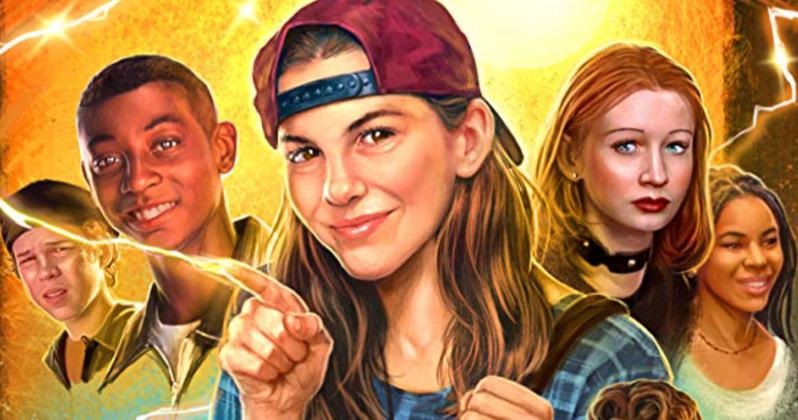
The Secret World of Alex Mack was one of the most enjoyable shows on television when it debuted. The premise centered around a pre-teen girl who was doused with a mysterious chemical in a freak accident while on her way from school, and basically revolved around her trying not to be captured by the chemical plant who created the substance, where she would surely be subjected to tests or even worse. Yeah, not exactly relatable by any means in terms of a plot device on paper, but it still felt real enough due to the characters within the program. Alex led the series as our protagonist, and ended up having superpowers after her accident that made her extraordinary. She could zap streams of electric out of her fingers, squint and gain telekinetic abilities to lift objects and people alike, and turn into a puddle of water (or silver goo?) to go underneath doors or through pipes. If you have ever heard of the Hanna-Barbera cartoon dubbed “The Impossibles”, it was kind of like that but with all the powers condensed into one being.
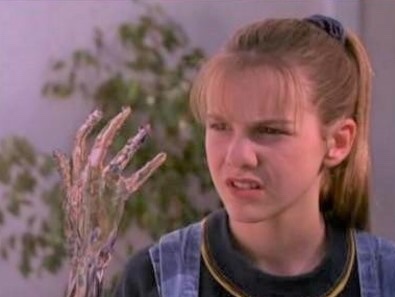
The balance of the show came with Alex’s sister Annie, a promising young science student whom she confided in after the accident, acting as a mentor to Alex while she dealt with her new abilities. Annie was always curious about the limits of her sister’s powers, having her undergo health and body tests consistently, while still keeping her in check from displaying these abilities in public. Also in the loop with the accident was Mack’s best friend Ray, who was far less cautious and more spontaneous than Annie. Ray was all about Alex having fun and using her powers for personal gain. Alex’s parents were rather clueless. She had a loving and modern mother, and her father actually worked at the same plant where GC-161 was made, acting as an unknowing resource for a lot of Annie’s research. Alex had other friends as well who remained unaware of her secret for the entire show’s run. As antagonists, we had Vince, Dave, and the devious Danielle Atron. Vince was a maniacal and loyal security guard who was hell-bent on capturing the child who got soaked with the substance, while Dave was the not-so-bright driver who caused the accident with the chemical to occur. Danielle however was the head of the plant, and would stop at nothing to find the kid that got away from the scene, as performing tests on the subject would prove it was a chemical safe for human consumption, making her billions.
I think I got all of that, or at least the basics from memory as I re-watch this show quite often. It wasn’t just “oh, look at this girl with powers” that made the show work or even entertaining. It was that despite unrelatable circumstances, this show felt real to kids. Alex continued going to school, day after day – where she was met with the temptations of high school crushes, catty enemies, and passing grades. Annie dealt with her sister, but she also had to put her own goals to the side while trying to ensure the safety of Alex, and Ray dealt with a bit of jealousy as his best friend utilized what seemed like “cool” powers, despite always being hunted. I’m not going to say that this was some Emmy-Award winning script, as yes, it got a bit silly at times, but the cast was endearing and mostly, real enough to feel like people you could understand.
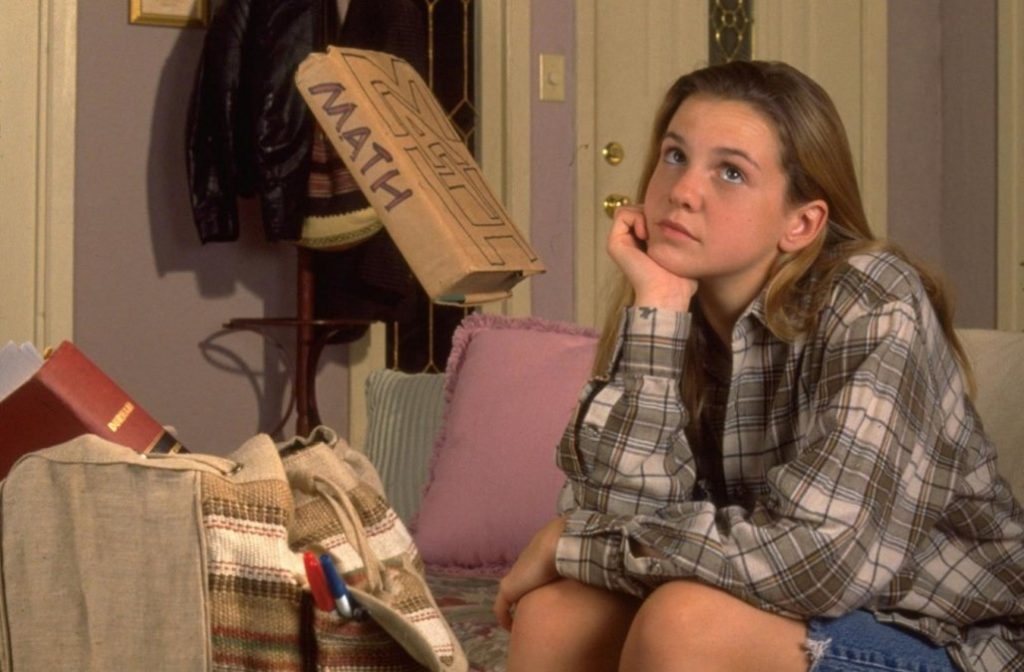
Alex Mack worked because it was able to fit its plot device in what would simply be a teenage sitcom, offering slices of excitement and suspense while the cast dealt with ordinary dilemmas. Ray has a big basketball game, should Alex help him cheat? Alex needs to pass a test; does she use her powers to get the scores? Plots like that kept the show interesting enough to last three seasons. Eventually, Ray got a new friend that added a bit of a foil for Alex named Louis, and Annie would go off to college. After the latter, Alex’s mom found out about her secret and took up the role as “mentor” to Alex, all before the satisfying finale. Basically, Alex was captured and everyone would find out about her abilities, all before being saved by a former antagonist who met his own moral dilemma that built up throughout the series. The Secret World of Alex Mack was fantastic for its time as it just simply fit in its era, and even though some have tried similar plots, have never met that same kind of success due partially to the timeslot it was featured in. Will this show be remembered by television historians? No, not at all. I think it will be remembered by those who watched it unfold however, as I find this to be such a special program that is packed with a lot of heart and decent writing.
Moving on…
Fresh out the Box. Stop, look and Watch! Ready yet? Get Set! It’s ALL THAT!
That intro should be memorable enough to viewers where they can instantly put their favorite sketch into their brains as soon as its uttered. All That was a teen-sketch comedy, with skits played out by teens, aimed at viewers around the same age. While the show has seen several reboots and relaunches over the years, it was the original SNICK run where it got its legs, and catapulted a few cast members to stardom, at least temporarily. I remember when I first tuned into All That during SNICK with my parents, and they were not too fond of it. That was because despite being “PG-ish”, it had a bit of an edge for kids, as most skits were focused on kids and teens simply doing what was fun, rather than what was “educational”.
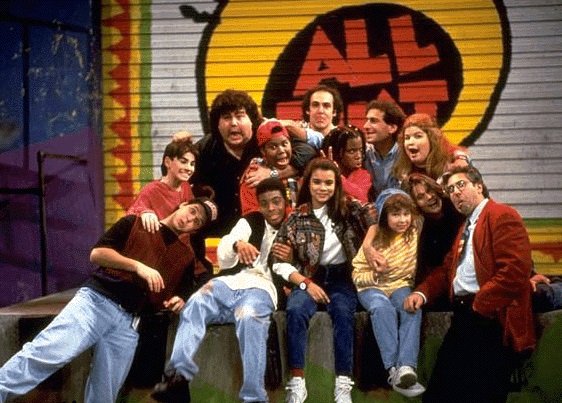
Before we talk about those skits, it is important to state the cast that made this program work. First, there are the “anchors” of the series, that were featured more prominently due to their knack for comedy. Familiar names like Kenan Thompson, Kel Mitchell, Lori Beth Denberg, and Josh Server proved to be the most memorable of the original cast, creating famous sketches such as Good Burger, Vital Information, Earboy, and of course Miss Fingerly’s classroom. Joining those names and just as memorable were the likes of Katrina Mitchell, Angelique Bates, and Alisa Reyes, contributing other great characters and sketches with their youthful charisma and offerings week to week. Adults Kevin Kopelow and Dan Schnieder (head writers for the show) also added to the on-screen program, rounding out a terrific cast that made the program work so well.
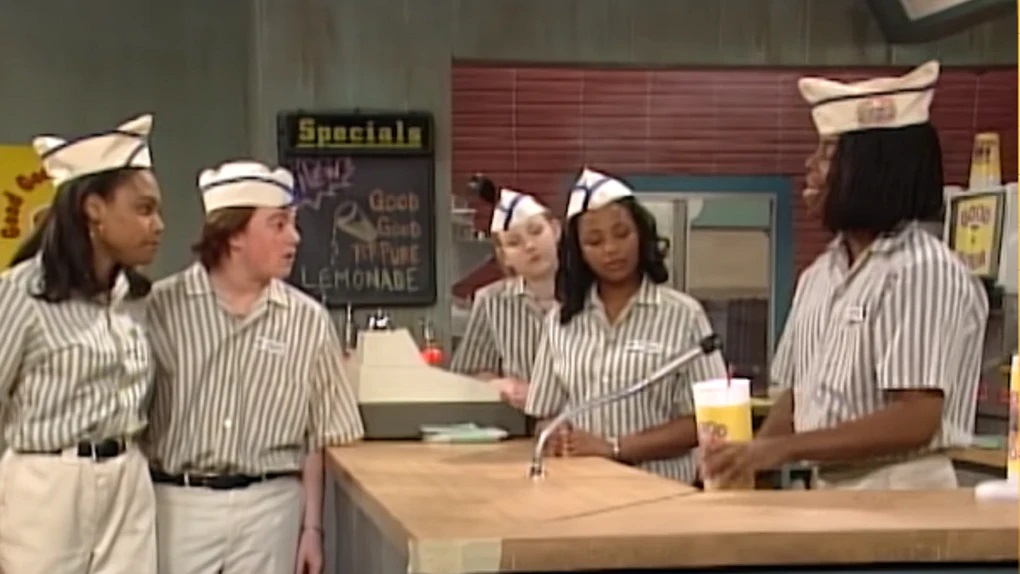
The sketches were very ahead of their time, featuring slightly random comedy sequences from the cast, where they of course played kids, but also managed to tackle pop culture through adult impersonations to boot. Kenan brought out his Cosby impression quite often, which revolved almost completely around Jell-O pudding. Kel worked his magic playing “Okrah”, a gentle yet humorous parody of Oprah. It was like someone finally understood what kids wanted to watch, and at that time it was a show that basically made light of everything your parents found entertaining. The cast were just so perfect for the concept, as they – unlike other cringeworthy comedies generally put out for the same market, were actually funny. This wasn’t your parent’s Saturday Night Live, it was the show that took the piss out of ideals of perfection, politics, and general expectations of the adult life.
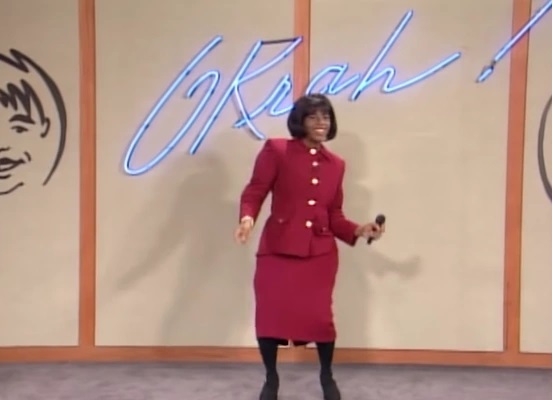
All That, without being offensive or silly was able to say “don’t clean your room” and “brush your teeth with chocolate” in the timespan of ten minutes, while still managing to appeal to an audience that was in an age of discovering the truths of the world. These kids also did a lot to act, as they would be caked in make-up and messes for what would be just a few minutes of entertainment, and managed to be more memorable than half of the “corporate” lesson-learning sitcoms that children were forced to sit through during home and school life. Of course, Good Burger (which would later get its own full-length theatrical feature) was great, but other skits were just as good and remain funny after all of these years. Who here remembers the loud librarian, who would bring out jackhammers while demanding the silence from children? How about the lemonade scammer, who would frequently scam money from unsuspecting adults? Again, this was a nice spitball aimed at what it means to “grow up”, giving audiences a reminder that it was still cool to be a kid.
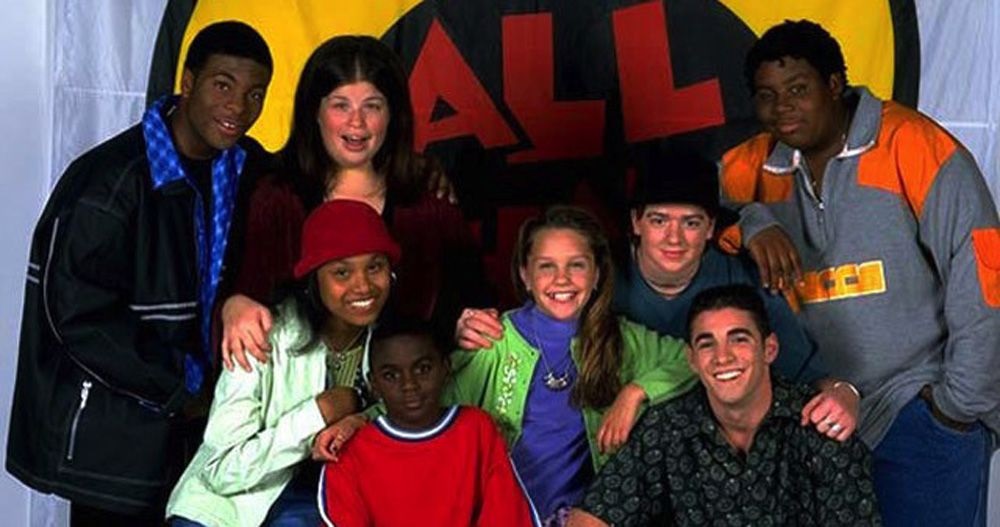
As time passed, cast member changes began to occur. First, Angelique bowed out after two seasons, being replaced with a very young, and very funny Amanda Bynes, who would eventually be a mainstay for the network until the turn of the decade. Katrina Johnson and Alisa Reyes (two of my personal favorites) would leave the next season, where Nick would bring in Danny Tamberelli (Little Pete from The Adventures of Pete and Pete), Christy Knowings, and Leon Frierson. With the debut of season 4, we got those cast changes, a new title sequence introducing the big move from Universal Studios to Hollywood, and even more endearing sketches that continued to keep the show relevant. All That was on top of the world, but the original cast were also ready to expand outward. Lori Beth Denberg would leave the next season to begin a role on The Steve Harvey Show, and by the next season, Kenan and Kel would also part ways due to focus on their own careers and television show, which was also featured on Nick.
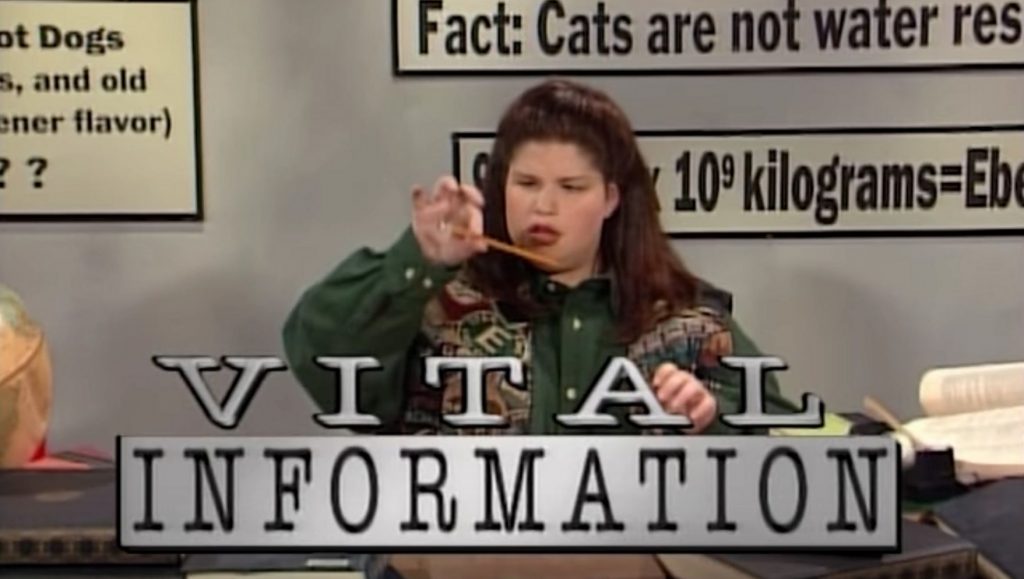
I don’t know, maybe I was just getting older, but I feel when Lori Beth left, the show just started to lose the spark. Find an episode of season five or more so season six. Sure, Christy, Josh, Danny, Mark (who was introduced prior), and Amanda were still present, but it just didn’t have that same effect. It was as if All That got a bit too wrapped up in creating the next breakout star and sketch, and forgot about that formula that made it work, which was having a consistent cast that effortlessly flowed between all of the segments within. The comedy got more physical in a juvenile manner and less meaningful to kids as a result. To sum it up, you don’t ever announce that you are for kids to appeal to them, you just let that feeling come organically – and I think the writers kind of fell short in the latter years of the show. Eventually, the series would end and get a new cast to start a new generation of fans. By this time, original viewers had moved on to MTV and other networks as they grew up, and that second cast is still enjoyed by their audience, despite the fact that I personally was rather absent for it.
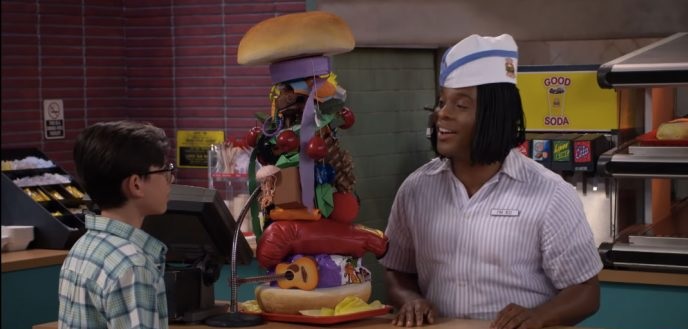
From the musical guests to the clever humor, the original run of All That can never be replicated, despite the many times the network has tried. It wasn’t just a sketch comedy show, it was a time, an era, and a product of its own generation that probably will only make sense to those who were there. The newest iteration of All That is funny and I love the involvement of the original cast, but there was just something special about getting a block of time dedicated to you, with a musical guest that rounded out the program and left you excited for what the next week had in store. When All That ended, we all kind of grew up, and that sucks – but at least it can be known as such an influential program for years to come as Nick tries to re-find its current identity.
So, for the third show in the block, we always got a rotating spectrum of programs that were not necessarily built on the Nick platform, but still fit within the SNICK universe. For these I won’t go as far into detail, but they are definitely worth mention. Space Cases is probably the most prominent, which featured Walter Jones (who played Zack in Mighty Morphin Power Rangers), as well as a good grouping of young actors in what was basically a kid’s version of Star Trek. Due to this program not being available for years, my memory isn’t as strong as it used to be for this show, but I do remember loving this program as even though most of the cast were teenagers, it still managed to bring the viewer into its universe through strong storytelling. Space Cases tackled death, mature issues, and felt as if it were written for a more intellectual viewer.
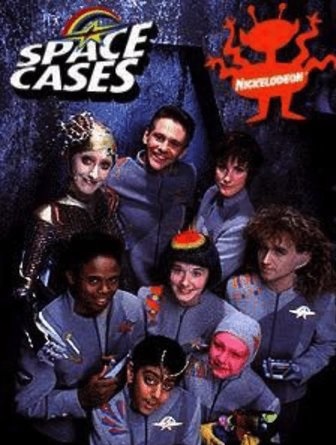
If you were a kid in the mid-nineties, it was kind of a taboo to be into Star Trek and Star Wars, as it was the era of grunge and rebellion. While Alex Mack and All That fit into that bubble, Space Cases was a bit of an odd duck as it kind of brought you into to this unknown world and felt like a guilty pleasure during the block. I remember when I first watched the show, not being impressed as it came off as a bit cheesy. As I watched and actually gave it a chance however, I found myself actually being hooked in and even considering it as a highlight of Saturday night. I think Space Cases would be something today that would be extremely popular, as the last two decades have revived science fiction back into the mainstream and the strong storytelling and themes within Space Cases may make it one of the most overlooked programs to ever exist on television.
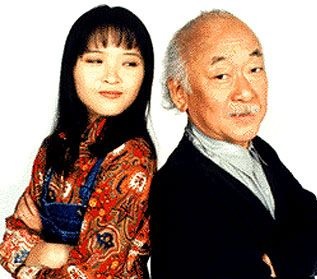
The Mystery Files of Shelby Woo and The Journey of Allen Strange I can kind of talk about together, as they were not SNICK exclusive for their network tenure, and seemed to be shoved into the SNICK slot as an introduction, rather than a feature, as eventually both would move to other nights on Nick. Shelby Woo featured a female student who solved small crimes with her friends, and was your live-action Scooby Doo set in a teen comedy world, without the talking dog. Pat Morita was also Shelby’s beloved grandfather who ran an inn, and brought a bit of star power to the program. Basically, Shelby was an intern for a police station and took cases that were either not important to the force, or seemed to be impossible to crack. The Journey of Allen Strange was about an alien boy ends up living with a family, and must hide his identity by going to high school and trying to act human despite having quirky alien instincts. This one was fine as well, but felt a bit like Alf meets Alex Mack and even though it was on SNICK longer than Shelby Woo, was a little less memorable overall.
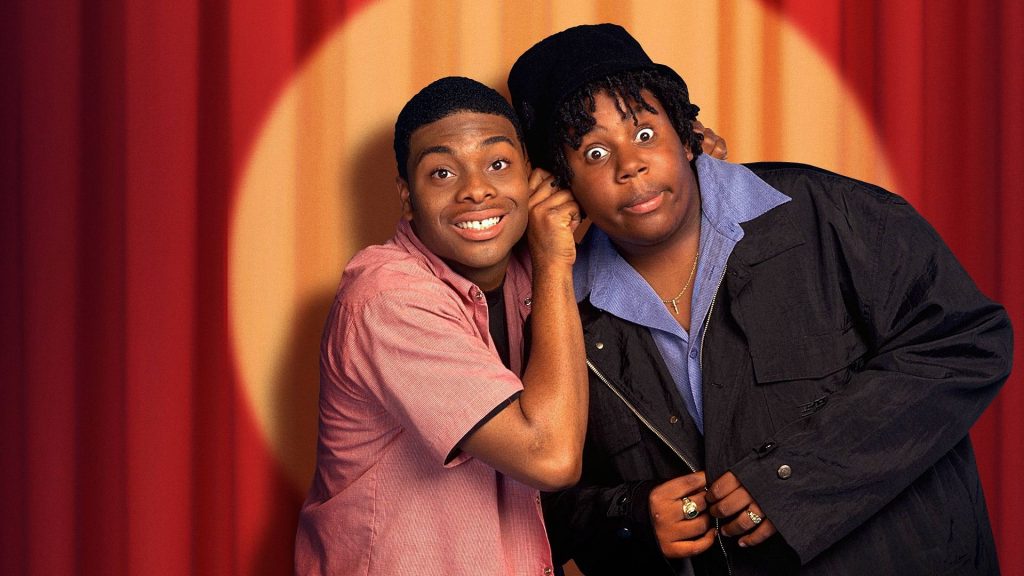
Kenan and Kel needs no introduction to most. This show was basically centered around two best friends and featured Kenan coming up with a plot to either make money or benefit, dragging along his dimwitted friend by the name of Kel, who would always foil the said plot unintentionally before each episode concluded. It was a goofy, buddy-comedy for kids, and managed to take a lot of tropes from sitcoms such as Laverne and Shirley and Saved by the Bell, and spin them to make them a bit more accessible for the current market. I loved Kenan and Kel and in many ways, it may be one of the most popular creations to come from the SNICK line-up, but I don’t know if everyone remembers it from the SNICK line-up. Kenan and Kel isn’t just a SNICK thing, they were two actors in a show that was so popular, they ended up becoming the face of the network. That’s a pretty big deal, and Kenan went on to be the longest running cast member on Saturday Night Live, so if you’re a kid from this era, I am sure you can at least see that piece of your childhood weekly on network television and be proud that you were a part of watching that star grow.
This is where the SNICK block gets a bit dark.
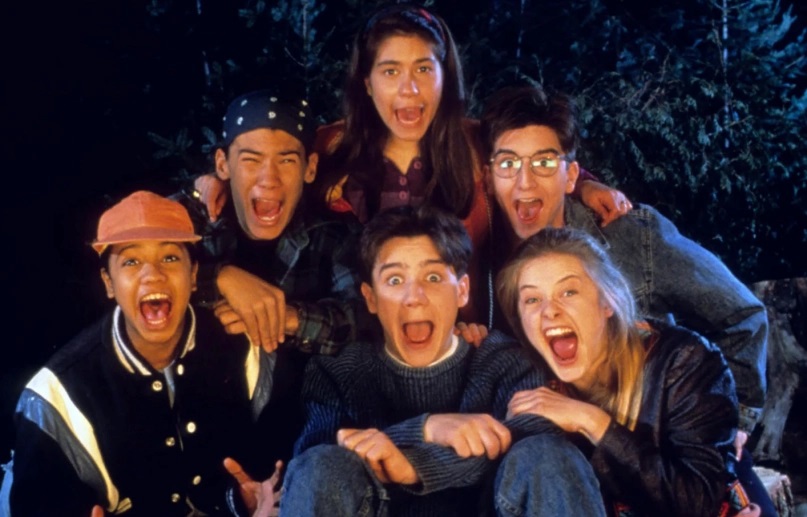
Are You Afraid of the Dark? was like Space Cases – still a Canadian produced show on a lower budget, but undoubtedly one of the most beloved products from SNICK overall. This program featured kids meeting every week around a campfire in the woods, where one would tell a scary story for their friends. The stories would of course play out with separate actors, filmed in different locations, and each have a theme based on different scenarios from week to week. Compared to Goosebumps, which was a bit sillier, Are You Afraid of the Dark was darker and had far more intense episodes. Want to see a sea monster’s flesh rot off with acid? Kidnapping? Kids losing their faces? Yep, all that was present. It was like a take on Tales From the Crypt, minus the gore, sex, and language, but still felt “cool enough” to older viewers, or younger ones looking for a weekend thrill.
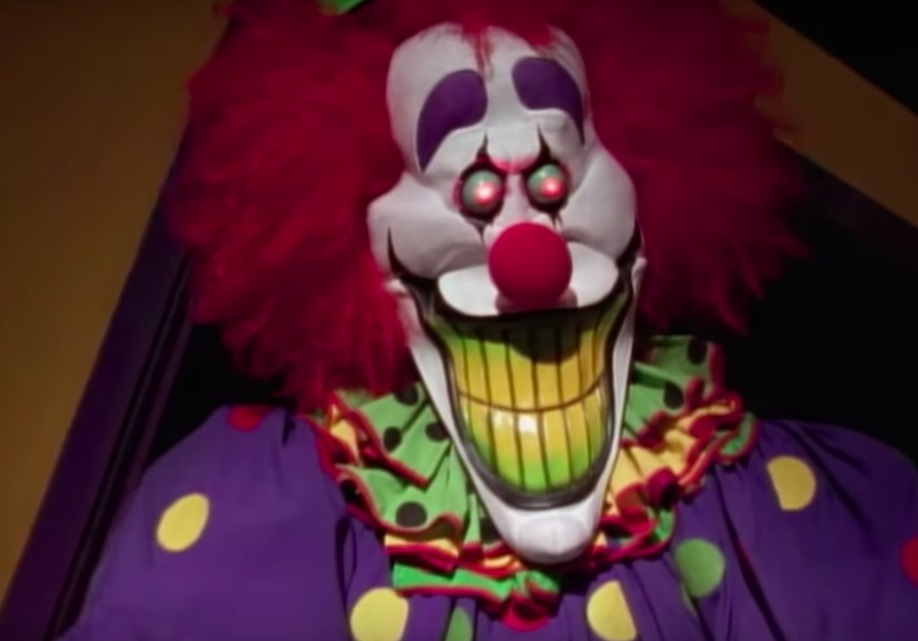
I think the formula that made viewers come back wasn’t just the stories, but the teens who told them. Viewers, even at a young age, get used to and familiar with who they watch on TV. That is why that cast changes are a big deal even more so for these programs aimed at kids, as they pay attention. After all these years, characters like Gary, Tucker, Frank, Betty Ann, and Kiki I can all remember from the top of my head, and I also remember who told what story on a good day. While watching, I would always be more inclined to be excited for a story coming from a cast member I liked because despite being in just a few minutes of every episode, the show did well enough to define these characters so we could see the direction each story would take. As an example, Frank was the tough guy, so his stories would be a bit scarier. Tucker was the youngest, so his would be a bit of a surprise when they suddenly grew darker. Sure, the acting in these tales was not always the best and some things are laughable as an adult, but there are still some old episodes that you go back and watch and think “how did they get away showing this to kids?”. Ending SNICK with this show was a genius move that absolutely cemented its success, and when it left, the block was never the same.
SNICK was about the content it had within it, but it also made the whole night feel like an experience. From the commercials and advertising that ran through-out, everything felt cohesive. Nick would also feature many special hosts, usually from All That or another program from the network, and that also gave viewers a way to connect to every show. We got to see crossovers from All That to Alex Mack, and Nick would also highlight the importance of the block by occasionally adding a special episode of Rugrats or another program that would be a feature of the month of sorts.
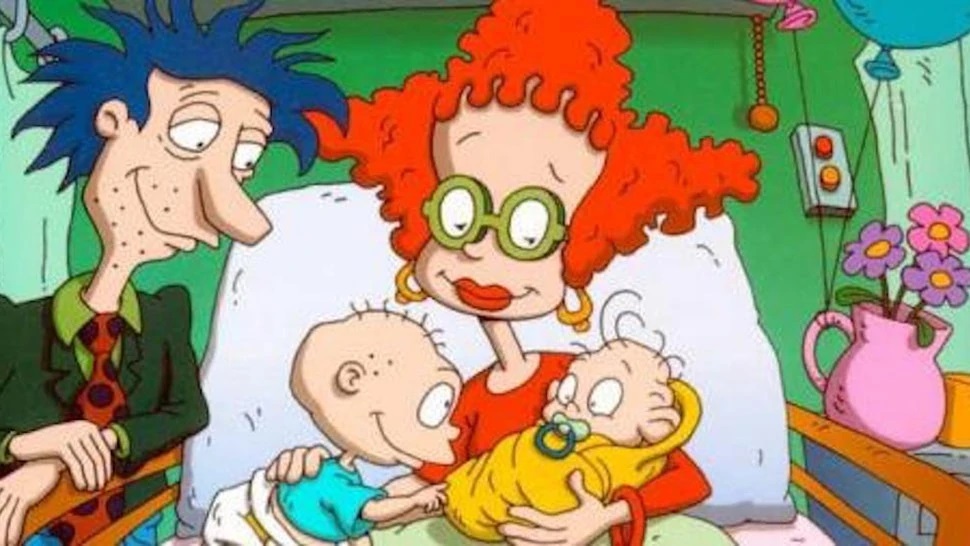
If you remember, the huge episode of Rugrats that announced the plot for The Rugrats Movie premiered on SNICK.
Sure, there were many shows after these and SNICK would live on for years after each ended, but tying them all together is what made the block so relevant. The Amanda Show was huge for Nick and found its place in the line-up for a couple years, but truly I don’t think SNICK felt the same as by that time, All That and every other show had concluded, and we had Nick Cannon hosting what was essential “SNICK HOUSE”, a name now branded to kind of catapult him as the face of the network for kids. Again, that is fine for those who enjoyed it, but it was never the same.
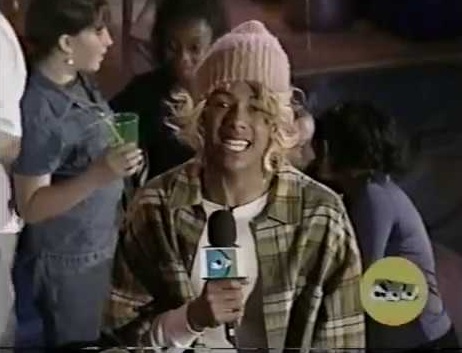
SNICK meant Saturdays were here and gave you something to look forward to. After it concluded each week, it was time to reset, and look forward to the next. It was a television block unlike any other, as it was made for kids, by kids, and seemed to capture that with programming and promotions that understood the audience they were playing for. Nickelodeon has been in this identity struggle for years as it still attempts to create its next big hit, but seem to have forgotten who they are appealing to. Kids don’t want to be kids; they want to be like everyone else. SNICK was all about making them feel like they had a rightful spot on the couch in front of the television, with programming that was able to make you forget the kid part and simply take time to escape all of those simple problems that plagued an adolescent mind.

Go watch some old commercials, or find a few of these shows on streaming services. You will quickly understand the impact of the one Saturday night of television that finally listened, and gave a generation a voice.


